Exploring the Versatility of Wood Pulp Paper: Eco-Friendly Innovations and Future Trends
In recent years, the wood pulp paper industry has witnessed a remarkable transformation driven by eco-friendly innovations and a surge in demand for sustainable products. According to a report by Smithers Pira, the global paper and paperboard market is expected to reach over $500 billion by 2025, with wood pulp paper playing a crucial role in this growth due to its renewable nature and recyclability. As environmental awareness rises among consumers and businesses alike, the versatility of wood pulp paper becomes increasingly significant, shaping various applications from packaging to advanced printing solutions.
Industry expert Dr. Emily Thompson, a leading researcher at the International Institute for Sustainable Pulp and Paper, emphasized the potential of this material, stating, "Wood pulp paper is not merely a traditional commodity; it embodies an innovative path towards a circular economy, minimizing environmental impact while meeting diverse consumer needs." With trends pointing towards sustainable alternatives, wood pulp paper stands at the forefront of the industry, facilitating developments that prioritize both functionality and ecological responsibility.
As we delve into the "Top 5" innovations transforming the landscape of wood pulp paper, it is imperative to recognize its pivotal role in promoting sustainability and meeting the evolving demands of modern society. Such advancements not only reflect a commitment to environmental stewardship but also highlight the dynamic future of this essential industry.
Read more »
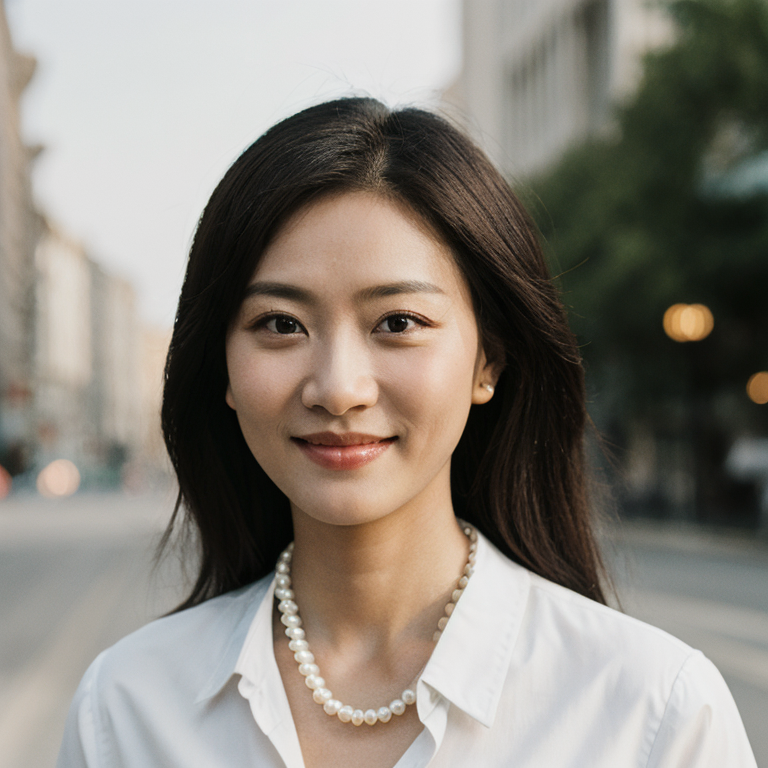 By:Lila - November 19, 2025
By:Lila - November 19, 2025

Understanding the Benefits of Hollow Fiber Membrane Filters for Water Purification
Water purification is a critical component in promoting public health and environmental sustainability, with the demand for effective purification technologies on the rise. Among various filtration technologies, hollow fiber membrane filters have gained significant attention due to their unique structure and efficiency. According to a recent report by MarketsandMarkets, the global hollow fiber membrane market is expected to grow from USD 2.9 billion in 2021 to USD 4.3 billion by 2026, at a CAGR of 8.4%. Hollow fiber membrane filters not only offer high permeability and selective separation capabilities, allowing for effective removal of contaminants such as bacteria, viruses, and suspended solids, but they also minimize energy consumption, further enhancing their appeal in water treatment applications. This growing recognition of hollow fiber membrane filters in both industrial and household settings underscores their integral role in advancing water purification solutions worldwide.
Read more »
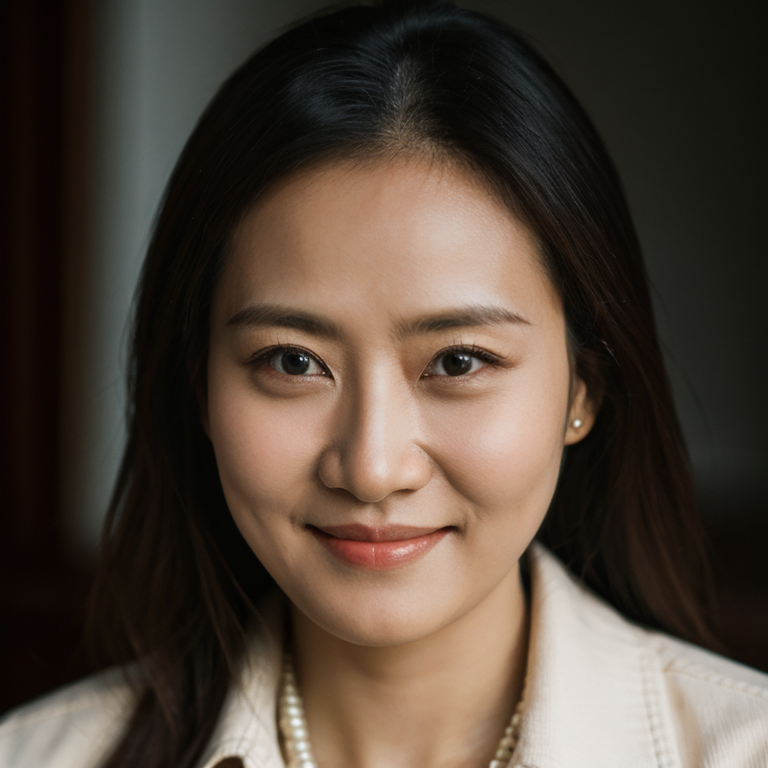 By:Evelyn - November 12, 2025
By:Evelyn - November 12, 2025

Exploring the Future of Sustainability and Innovation in Pulp Industries
In recent years, the pulp industries have faced increasing pressure to evolve sustainably, driven by a combination of environmental concerns, regulatory changes, and shifting consumer preferences towards eco-friendly products. As we explore the future of these industries, it becomes crucial to understand the integration of innovative practices and technologies that can enhance sustainability efforts. This guide will provide valuable insights and practical tips on how pulp manufacturers can adopt digital solutions, optimize resource management, and engage in circular economy practices. By embracing innovation and sustainability, the pulp industries can not only reduce their ecological footprint but also position themselves competitively in a marketplace that increasingly values environmental responsibility. This exploration aims to illuminate the path forward, offering a roadmap for stakeholders striving to harmonize profitability with planet-friendly operations.
Read more »
 By:Madeline - November 9, 2025
By:Madeline - November 9, 2025
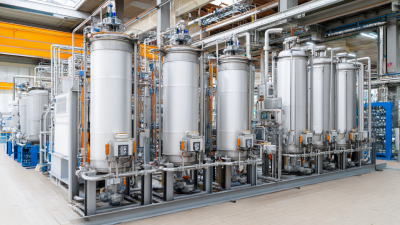
Unlocking the Science of Clean: How Vacuum Filtration Systems Revolutionize Water Purification
In an era where water scarcity and contamination pose significant challenges globally, the vacuum filtration system has emerged as a pivotal technology in the realm of water purification. According to the World Health Organization, approximately 2 billion people lack access to safely managed drinking water services, highlighting the urgent need for effective filtration solutions. Vacuum filtration systems offer a unique approach by utilizing negative pressure to accelerate the filtration process, thereby enhancing efficiency and ensuring the removal of particulate matter and pathogens. Recent studies indicate that these systems can achieve up to 99.99% removal of contaminants when paired with advanced membrane technologies, illustrating their effectiveness in both industrial and municipal applications. As the demand for clean water continues to rise, understanding how to harness the power of vacuum filtration systems will be crucial in addressing the world's pressing water purification challenges.
Read more »
 By:Madeline - November 4, 2025
By:Madeline - November 4, 2025
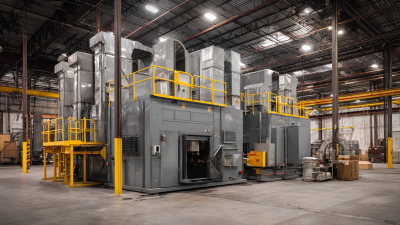
Revolutionizing Clean Air: How Industrial Air Scrubber Systems Enhance Workplace Safety and Efficiency
As industries strive for higher standards of safety and efficiency, the implementation of advanced technologies has become crucial in achieving these goals. One such innovation is the industrial air scrubber system, which plays a vital role in maintaining clean air in the workplace. According to a report by the Environmental Protection Agency (EPA), poor indoor air quality can lead to a plethora of health issues, costing U.S. businesses over $100 billion annually in lost productivity and healthcare expenses. The use of industrial air scrubber systems can significantly reduce airborne contaminants, minimizing health risks and enhancing overall employee well-being. Moreover, a study by the National Institute for Occupational Safety and Health (NIOSH) suggests that effective air purification can boost workplace efficiency by up to 25%, showcasing the dual benefits of safety and productivity that these systems provide. By revolutionizing air quality management, industrial air scrubber systems are transforming workplaces into healthier, more productive environments, ultimately driving business success.
Read more »
 By:Madeline - October 27, 2025
By:Madeline - October 27, 2025
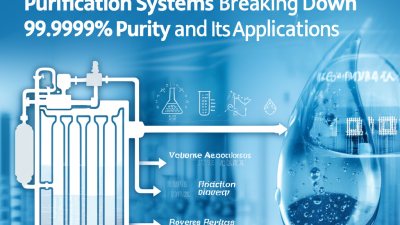
Understanding the Science Behind Ultrapure Water Purification Systems: Breaking Down 99.9999% Purity and Its Applications
In recent years, the demand for ultrapure water purification systems has surged across various industries, driven by stringent quality standards and the need for enhanced operational efficiency. According to a report by MarketsandMarkets, the ultrapure water market is projected to reach USD 10.88 billion by 2025, growing at a CAGR of 8.10% from 2020. This growth is primarily fueled by applications in the semiconductor manufacturing, pharmaceutical production, and power generation sectors, where water purity levels of 99.9999% are critical to ensuring product quality and process reliability. Understanding the underlying science of these purification systems not only offers insights into their advanced technologies but also highlights their pivotal role in supporting innovation and sustainability in demanding industries. As we explore the intricate mechanisms behind ultrapure water purification, we can better appreciate its transformative impact and essential applications across the global landscape.
Read more »
 By:Madeline - October 23, 2025
By:Madeline - October 23, 2025
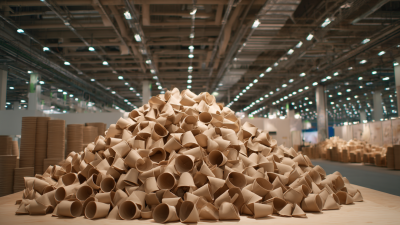
Emerging Trends in Molded Pulp Solutions at the 138th Canton Fair 2025
As the global demand for sustainable packaging solutions escalates, molded pulp has emerged as a leading alternative, gaining traction in various industries. According to a recent report by Smithers Pira, the molded pulp market is projected to grow at a CAGR of over 5% through 2025, driven by the increasing regulatory pressure to reduce plastic usage and the rising consumer preference for eco-friendly products. The 138th Canton Fair 2025 presents a unique opportunity for stakeholders in the molded pulp sector to showcase advancements and innovations that cater to this burgeoning demand. With its versatility in design and ability to be produced from recycled materials, molded pulp not only aligns with sustainability goals but also offers cost-effective solutions for packaging and product protection, making it a focal point at this influential trade event.
Read more »
 By:Madeline - October 18, 2025
By:Madeline - October 18, 2025

Why the Future of Paper Pulp Production Relies on Sustainable Practices and Innovative Technologies
The future of paper pulp production is at a critical juncture, where the interplay between sustainability and innovation is more crucial than ever. As environmental concerns escalate and the demand for eco-friendly products grows, the pulp and paper industry faces mounting pressure to adopt sustainable practices. This transformative shift not only addresses ecological challenges but also harnesses cutting-edge technologies that can revolutionize production methods. From advanced recycling techniques to the use of alternative fibers, the integration of innovative solutions is paramount in minimizing waste and reducing carbon footprints. In this context, understanding how to navigate the complexities of sustainable paper pulp production is vital for industry stakeholders seeking to thrive in an increasingly competitive market. Embracing these changes will be essential in ensuring the longevity of paper pulp production while fostering a greener future.
Read more »
 By:Madeline - October 15, 2025
By:Madeline - October 15, 2025

How Filter Technology Reduces Waterborne Contaminants by 99.9% in Industrial Applications
In industrial applications, the prevalence of waterborne contaminants poses a significant threat to both human health and operational efficiency. According to the World Health Organization, contaminated water is linked to over 2 billion illnesses annually, highlighting the urgent need for effective purification solutions. Filter technology has emerged as a key player in addressing these challenges, boasting the capability to reduce contaminants by up to 99.9%. Advanced filtration systems, such as ultrafiltration and reverse osmosis, have been proven to effectively remove pathogens, heavy metals, and other harmful substances from water sources. The implementation of such technologies not only ensures compliance with stringent environmental regulations but also enhances the quality of water used in industrial processes. As industries continue to seek sustainable solutions, understanding the mechanisms behind filter technology is critical for fostering a healthier ecosystem and promoting safer operations.
Read more »
 By:Lila - October 10, 2025
By:Lila - October 10, 2025

What is the Future of Filter Technology in Environmental Sustainability
As the world grapples with the escalating challenges of environmental sustainability, the pursuit of efficient filter technology has become paramount in mitigating pollution and conserving natural resources. According to a report by the Global Industry Analysts, the global market for filtration systems is projected to reach $70 billion by 2025, highlighting the growing importance of advanced filtration solutions in various sectors, including water treatment and air purification. Filter technology not only plays a critical role in reducing contaminants but also aids in the recovery of valuable by-products, demonstrating its dual benefit for both the environment and the economy. As industries increasingly adopt innovative filtering methods, such as nanotechnology and biologically-based filters, the future of this technology holds immense potential for creating a more sustainable world, ensuring cleaner air and water for future generations.
Read more »
 By:Evelyn - October 5, 2025
By:Evelyn - October 5, 2025

Comprehensive Guide to Microfiltration Membrane Technology: Key Applications and Performance Insights
Microfiltration membrane technology has emerged as a vital solution for various industries, particularly in enhancing water quality and efficiency in numerous processes. As reported by the Global Water & Wastewater Treatment Market Report, the demand for microfiltration membranes is expected to surpass USD 2.6 billion by 2027, driven primarily by the increasing need for clean water and effective wastewater treatment solutions. This technology operates on the principle of physical separation, effectively removing particles and pathogens from liquids while allowing the passage of smaller molecules. Its applications span across sectors such as food and beverage, pharmaceuticals, and environmental engineering, making it indispensable for meeting stringent regulatory standards and improving operational performance. As industries continue to prioritize sustainability and quality, understanding the nuances of microfiltration membrane performance and its key applications becomes crucial in driving innovations and investments in this field.
Read more »
 By:Lila - October 2, 2025
By:Lila - October 2, 2025

What is the Future of Microfiltration Membrane Technology in Global Water Treatment
As the global water scarcity crisis intensifies, innovative technologies are becoming essential for effective water treatment solutions. Among these, microfiltration membrane technology stands out due to its ability to remove suspended solids, bacteria, and larger colloidal particles from water, making it a vital component in both municipal and industrial applications. According to a recent report by the Global Water Intelligence, the microfiltration market is projected to reach USD 4.24 billion by 2027, driven by the growing demand for safe drinking water and the need for efficient wastewater treatment processes. As industry players invest in research and development, the future of microfiltration membranes promises advancements in efficiency and sustainability, positioning them at the forefront of global water treatment strategies. Exploring the potential of this technology not only sheds light on current capabilities but also anticipates future innovations that can address water quality challenges worldwide.
Read more »
 By:Evelyn - September 28, 2025
By:Evelyn - September 28, 2025

How to Optimize Cross Flow Filtration for Maximum Efficiency in Industrial Applications
In today's competitive industrial landscape, optimizing processes for enhanced efficiency is more crucial than ever, especially in the context of cross flow filtration. According to a recent report by the International Filtration Society, the global market for filtration technologies is expected to reach $30 billion by 2025, with cross flow filtration being a significant contributor due to its ability to separate particles effectively while minimizing fouling. Industries ranging from pharmaceuticals to food and beverage are increasingly adopting this technology to improve product quality and operational speed. However, many organizations still struggle to achieve maximum efficiency, often due to suboptimal operating conditions and inadequate understanding of system dynamics. This blog will explore practical strategies to optimize cross flow filtration systems, ensuring that industrial applications not only meet regulatory standards but also enhance productivity and reduce costs.
Read more »
 By:Madeline - September 24, 2025
By:Madeline - September 24, 2025

Understanding the Evolution of Pulp Molding Machines: A Deep Dive into Their Types and Applications
In recent years, the pulp molding machine has become a pivotal component in various industries, revolutionizing the way we approach sustainable packaging and product design. This innovative technology, which shapes biodegradable pulp into diverse forms, not only minimizes waste but also meets the growing demand for eco-friendly alternatives. As we delve deeper into the evolution of these machines, it is essential to explore the different types available and their specific applications across sectors such as foodservice, electronics, and cosmetics. By understanding the evolution and functionality of pulp molding machines, we can appreciate the numerous reasons behind their increasing adoption, from cost efficiency to environmental benefits. This blog will embark on a comprehensive journey through the landscape of pulp molding machines, highlighting key advancements and their crucial role in shaping a greener future.
Read more »
 By:Lila - September 20, 2025
By:Lila - September 20, 2025

Innovative Examples of Ultra Pure Water Purification Systems Transforming Industrial Standards
In the quest for excellence across various industries, the demand for high-quality water has reached unprecedented levels. The global ultrapure water market is projected to grow significantly, with estimates indicating an increase to $8.6 billion by 2025, according to a recent report by MarketsandMarkets. This growth is driven by the necessity for ultra pure water purification systems in sectors such as semiconductor manufacturing, pharmaceuticals, and biotechnology, where even the slightest contaminants can alter processes and product quality. As industries evolve, so do the technologies aimed at achieving stringent purity standards. Innovative examples of ultra pure water purification systems are not only transforming manufacturing processes but are also setting new industrial benchmarks, ensuring that water quality meets the rigorous demands of modern applications. Understanding these systems is essential for stakeholders eager to leverage advancements that can lead to operational efficiency and enhanced product reliability.
Read more »
 By:Evelyn - September 17, 2025
By:Evelyn - September 17, 2025